It’s officially a wrap on the 2020 WNBA season. On Tuesday night, the Seattle Storm completed their sweep of the Las Vegas Aces in the Finals to capture their fourth championship, tying the legendary Houston Comets (RIP) for most titles in league history. But before the Storm lifted the trophy on Tuesday, so much had happened in the WNBA. In an unprecedented season, we saw almost nonstop games, clutch performances, important and difficult conversations about social justice. Now that the season is over, it’s time to reflect on what we learned from another competitive period of play:
1. The Seattle Storm didn’t even blink
I promise I won’t make this entire blog about the Storm, but their season was pretty amazing. Coming into this year, almost everyone placed their bets on Seattle winning the title and Seattle — well, they delivered in strikingly dominant fashion. Sure, they ended up relinquishing the No. 1 seed to the Aces at the end of the regular season, but the Storm knew what their end goal was. When it came down to crunch time, they were locked in, becoming the first team in WNBA history to go undefeated in the playoffs. Their 92-59 rout of the Aces in Game 3 was the largest margin of victory in WNBA Finals history, showing off their killer instinct.
After missing last season due to injuries, Breanna Stewart and Sue Bird were able to get back to being the league’s most lethal dynamic duo and lead Seattle to another championship. In doing so, Stewart packed her resume even more one year after rupturing her Achillles and Bird added another trophy to her collection. Questions about Bird’s playing future will likely overwhelm the Twitterverse, but whether or not she chooses to play next year, Seattle’s younger stars have shown they are plenty capable of sitting in the driver’s seat. Between Stewart (26 years old), Jewel Loyd (27), Jordin Canada (25) and Ezi Magbegor (21), the Storm are in good hands for the foreseeable future.
2. Somehow, someway, the players survived the “Wubble”
It’s been a long year and long season for the women of the WNBA, but somehow they made it through. Unlike the NBA, whose season started rather normally and was then forced to move to a single-site location in Orlando, Florida due to the COVID-19 pandemic, the WNBA wasn’t even sure if holding a season at all was possible.
But despite spending three months away from home during a global health crisis constantly surrounded by the reminders of their day job — and while playing essentially every other day — the players still managed to put on an incredibly strong season while continuing the national conversation around racial injustice. From the start, players made sure they didn’t drop the ball on advocating for the Black LGBTQ+ community whether it was by sitting out the season to completely focus on activist efforts or make a statement with their actions throughout the season in Bradenton, Florida. The 2020 WNBA season was unlike any other season in league history and the players deserve all the rest and relaxation they can get after enduring that.
3. There’s so much incredible talent in this league
At some point during the 2020 season, it started to feel like everyone in the WNBA was showing out on a nightly basis. And that’s because almost everyone, from the rookies to the veterans to the players people didn’t even know existed last year, played some great basketball. Crystal Dangerfield, the No. 16 overall pick in the 2020 WNBA Draft, surprised many folks with her maturity and the way she fit right into the Minnesota Lynx’s system on her way to earning Rookie of the Year. And her fellow rookies Chennedy Carter, Satou Sabally and Julie Allemand all acclimated really well to the pro level. Meanwhile, we saw vintage performances from Sue Bird and Diana Taurasi — not to mention Angel McCoughtry’s resurgence and Candace Parker’s dominance on both ends of the floor.
But the biggest and most heartening surprise were the performances from the likes of Myisha Hines-Allen and Betnijah Laney, players who were relatively unknown in the past but became household names this year. Without 2019 MVP Elena Delle Donne and superstars Natasha Cloud and Kristi Toliver, the Washington Mystics entered this season with low expectations only for Hines-Allen to put on a complete masterpiece of a show night in and night out. Add Laney, who has been tossed around teams like a hot potato in years past, made sure that those same teams will have her name highlighted on their free agency wish lists. Another great storyline was the improved play of Bria Hartley, who departed the New York Liberty in the offseason to head to Phoenix, where it seemed she had finally found the right until she tore her ACL. With only 144 roster spots, it can be incredibly difficult for really good players to make it onto a roster and even when they do, they are often overlooked. But with so many stars missing, the opportunity was ripe for players like Laney and Hines-Allen to make their names known — and they took it without hesitation.
4. 2020 was a year of immense growth for the WNBA
2020 was a great year for the WNBA objectively, from the incredible play on the court to the record viewership numbers to the omnipresence of the famous orange hoodie. In a recent press conference with the media, Commissioner Cathy Engelbert reported that this season saw a record average of 83.1 points scored per game. Additionally, average viewership during the regular season increased 68% from 2019, thanks to an increase in the number of games on national television. Opening Day games saw a 20% increase in viewership year-over-year and ESPN’s coverage of Game 3 of the 2020 #WNBA Finals was up 34% from last year.
The league also announced that the orange WNBA logo hoodie — yes, the one you saw everyone from LeBron James to Robin Roberts sporting — became the best-selling WNBA item ever. The WNBA is on the rise, and this season — despite its difficult circumstances — is just a sign of the great things to come.
5. Next year will be scary competitive
I know I went on and on about how the Seattle Storm will dominate for years to come because of their incredible core group of players and presence of one of the most decorated players ever in Stewart. But, the 2021 WNBA season could be insanely competitive if we see the return of the league’s stars and some crazy free agency moves that spice things up. Take the Aces, for example. They had a very successful season and made it all the way to the Finals. But next year? If all goes well, next season will see them get Liz Cambage and Kelsey Plum back and that’s scary to think about. The previously mentioned Mystics were missing some key players, but if they get Delle Donne and Cloud back next year, they will likely be in the mix for the title.
The Sparks, Mercury and Sun fell short this year, but will still have title hopes next year and with so many available free agents, the rest of the league might just be a couple moves away from fighting for a championship in 2021.
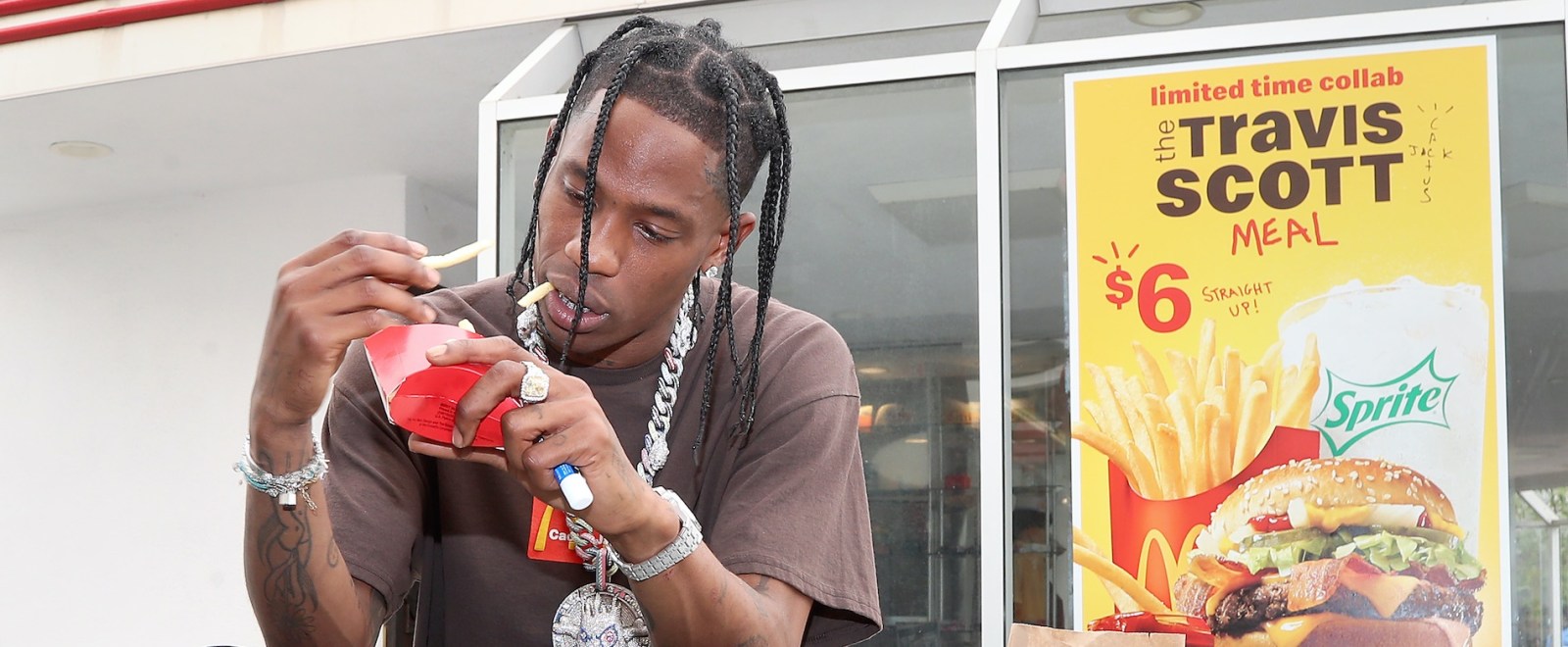

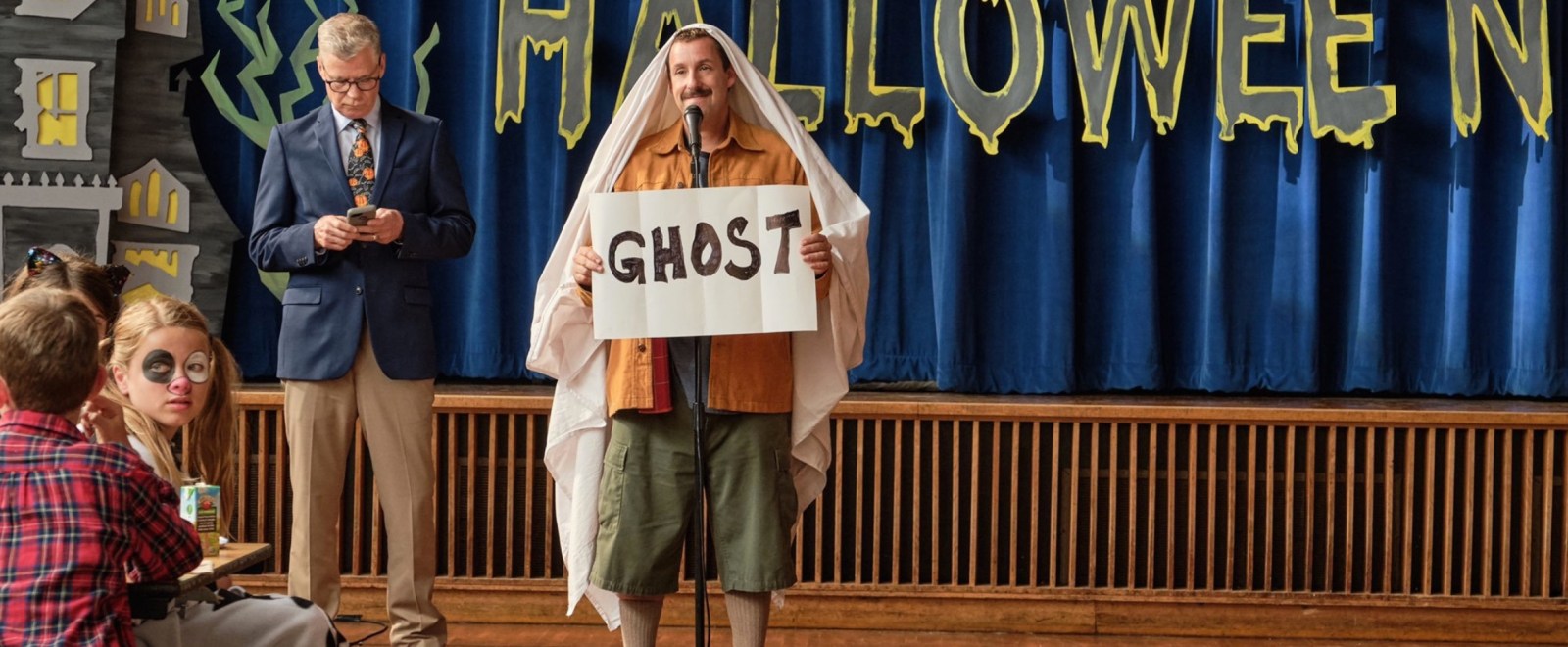



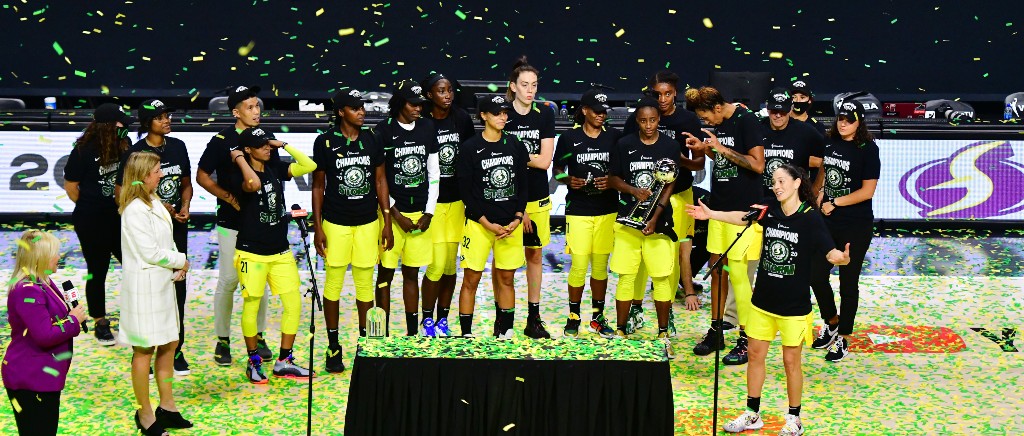

 4x NCAA Champion
4x NCAA Champion

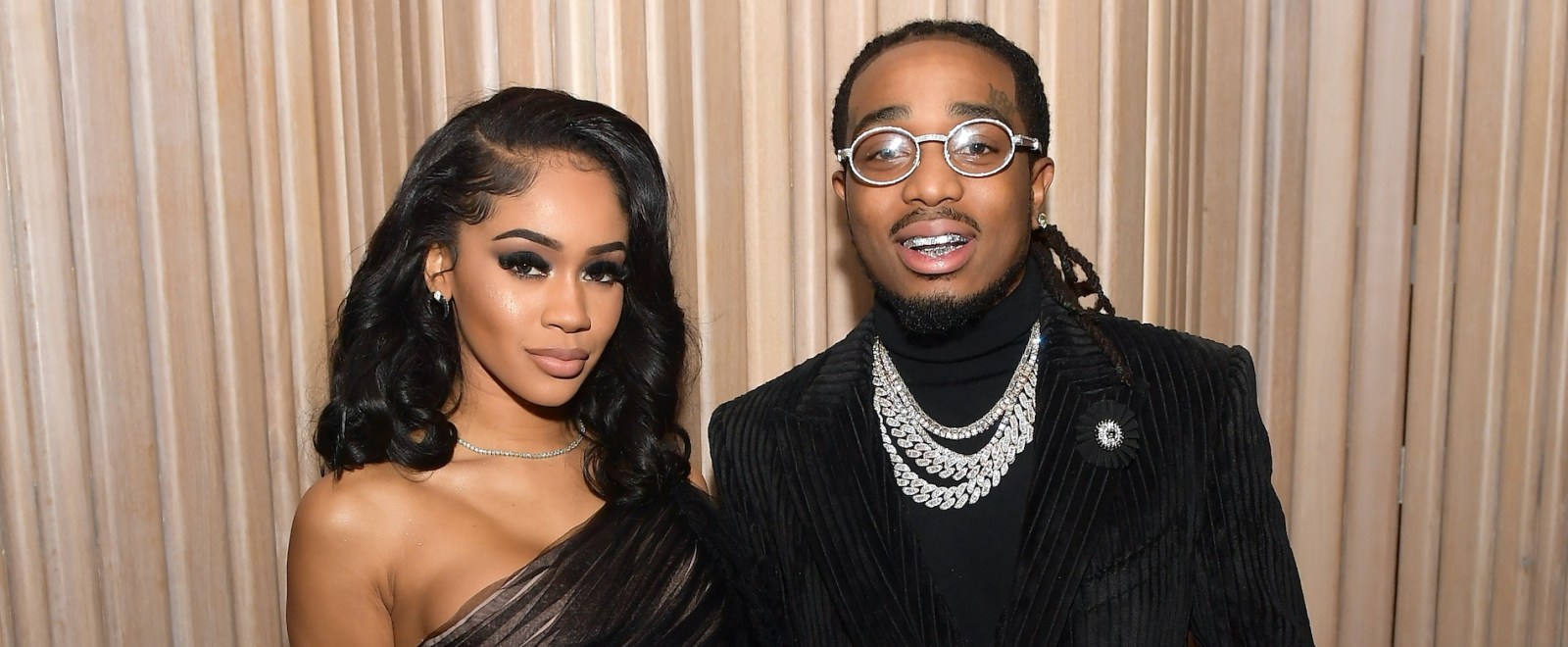

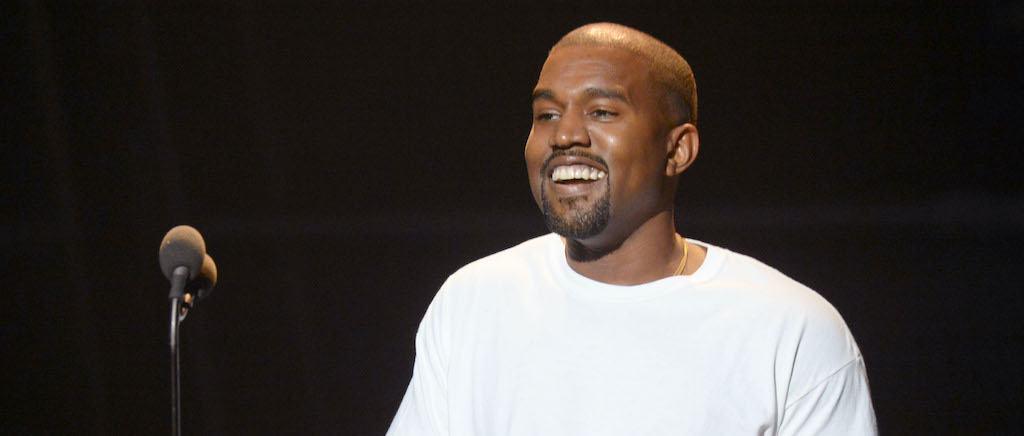
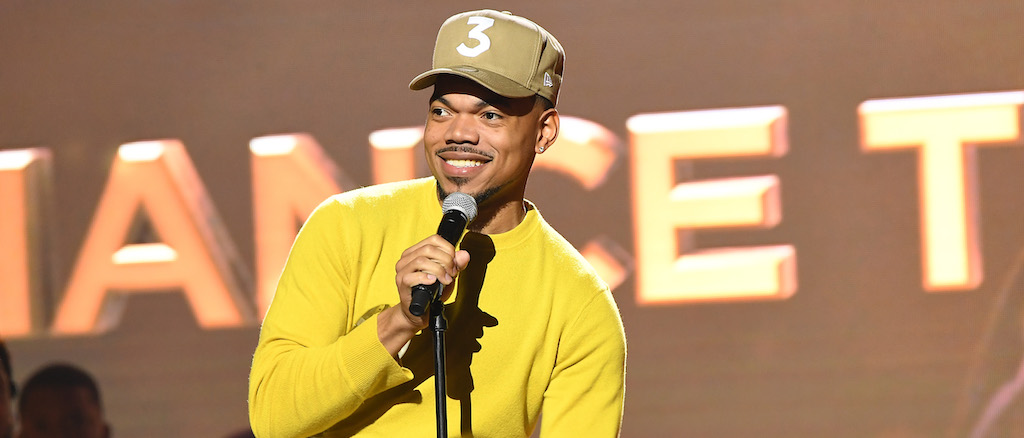
 (@yelyahwilliams)
(@yelyahwilliams) 



 Jamal Crawford (@JCrossover)
Jamal Crawford (@JCrossover)